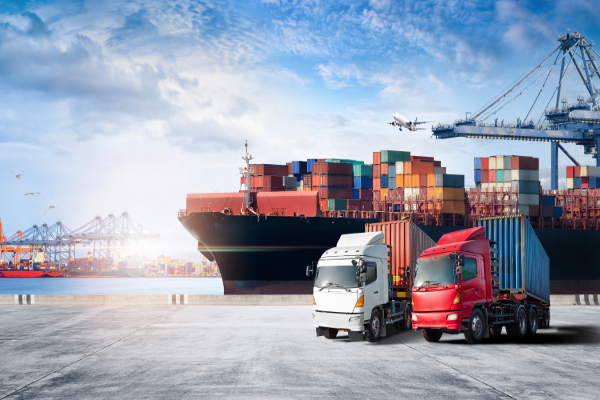New Delhi: According to a recent report by Motilal Oswal, the Indian logistics market, valued at ₹9 trillion in FY23, is anticipated to experience significant expansion, reaching ₹13.4 trillion by FY28, with a compounded annual growth rate (CAGR) of 8-9%. This growth is driven by structural changes, technological innovations, and government initiatives aimed at reducing logistics costs and enhancing infrastructure.
The National Logistics Policy, launched in September 2022, aims to optimize the logistics landscape in India by increasing the railway share of freight movement—which currently stands at 18%—through the development of dedicated freight corridors (DFCs). Additionally, the policy focuses on improving road infrastructure and expanding inland waterways. As of April 2024, DFCs are 96% complete, which is expected to enhance the capacity and efficiency of rail freight and raise its share within the overall freight mode distribution.
Moreover, the government’s initiative to privatize ports has resulted in better infrastructure and operational efficiency in Indian ports, positively impacting major players like Adani Ports and SEZ (APSEZ) and JSW Infrastructure. Currently, India’s logistics costs account for 14% of GDP, significantly higher than the 8-9% seen in developed nations. A significant factor contributing to these high costs is the disproportionate modal mix, where road transport dominates with 71% of freight movement, while railways and waterways account for a much smaller fraction.
To address these inefficiencies, the government has introduced essential measures such as the Goods and Services Tax (GST) and has made substantial investments in road infrastructure, inland waterways, and dedicated freight corridors (DFCs). These initiatives are expected to reduce the logistics cost as a percentage of GDP to 8-9% in the coming years, aligning India’s logistics sector with global standards.
The logistics industry in India is diverse, comprising road transport, rail transport, air cargo, multimodal logistics, and industrial warehousing, among others. The domestic express logistics segment is projected to grow more rapidly, with a 14% CAGR from FY23 to FY28, largely driven by the expansion of e-commerce.
Organized players, who currently control around 80% of the market, are expected to strengthen their position by leveraging government regulations like the e-way bill and GST. Additionally, the less-than-truckload (LTL) segment in road transportation is set to see significant growth, with a projected 10% CAGR. This growth is fueled by increasing demand for smaller, more frequent shipments that bypass warehouse storage and reach retailers directly.
